Place your adverts here on InfoDig @ low rates; banner ads, sponsored links and guest articles etc. Contact us
In 600 BCE, Greek philosopher Thales of Miletus noticed that when he rubbed fur on amber, the fur attracted dust.
That tiny charge generated came to be known as static electricity.
You might know it as the crackle and puff of your hair when you brush it, or the force that sticks a balloon to the ceiling after you rub it on your head, but scientists have been trying to get to the bottom of what creates the phenomenon for centuries.
Now, we finally have an answer: The beginning and the end of the sliding motion that produces static electricity experience different forces – resulting in a charge differential between the front and the back that results in the crackle of static electricity.
"For the first time, we are able to explain a mystery that nobody could before: why rubbing matters," says materials scientist Laurence Marks of Northwestern University in the US.
"People have tried, but they could not explain experimental results without making assumptions that were not justified or justifiable. We now can, and the answer is surprisingly simple. Just having different deformations – and therefore different charges – at the front and back of something sliding leads to current."
Static electricity is extremely common, and we have a very good handle on the conditions that make it more likely to occur. When it is generated as the result of two materials rubbing together, it is known as triboelectricity, and the transfer of charge between the two surfaces is the triboelectric effect.
The triboelectric effect itself has been a little more difficult to pin down. The only thing we knew for a certainty was that rubbing two materials together produced triboelectricity.
Then, in 2019, Marks and his colleagues at the time had a breakthrough: they found that rubbing two materials together deforms the microscopic protrusions on the surfaces of those materials. The deformations in the surface texture create voltage.
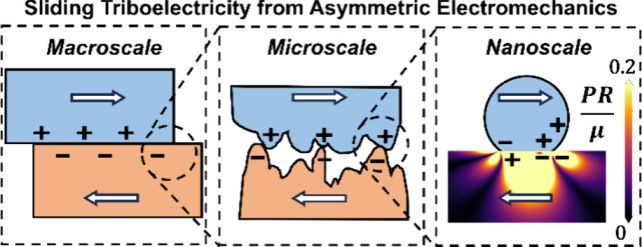 A diagram illustrating how the texture of the material results in a charge differential. (Olson & Marks, Nano Letters, 2024)
A diagram illustrating how the texture of the material results in a charge differential. (Olson & Marks, Nano Letters, 2024)In a new work, Marks and first author Karl Olson of Northwestern University have filled in the rest of the puzzle.
"In 2019, we had the seed of what was going on. However, like all seeds, it needed time to grow," Marks said. "Now, it has blossomed. We developed a new model that calculates electrical current. The values for the current for a range of different cases were in good agreement with experimental results."
Their calculations and experimentation show that the concept at the heart of friction is crucial to the generation of static electricity. It's called elastic shear, the ability of a material to withstand the strain of sliding. When you rub two materials together, they resist the motion, generating friction. This is why, even when you slide on a polished floor in your socks, you eventually come to a stop.
When insulating surfaces rub together, the elastic strains at the front of the body differ from those at the back. So the charges and the polarization at the front and the back of the material are different, too – resulting in the development of a current between the two different charges.
The model doesn't explain every aspect of triboelectricity, but it does seem to resolve the main part of the problem. Further analysis and experimentation will help scientists figure out the fine details, hopefully leading to not just an understanding of triboelectricity, but a way to control it.
There are many good reasons to want to understand static electricity. Its buildup can create problems in manufacturing, and for wind turbines. Sparks from static electricity can start fires. And static electricity may be partially responsible for our entire existence – electrostatic forces are thought to be the glue that bound the very first grains of dust from which our planet grew, billions of years ago.
"Static electricity affects life in both simple and profound ways," Marks says. "It's amazing how much of our lives are touched by static electricity and how much of the universe depends on it."
The research has been published in Nano Letters.

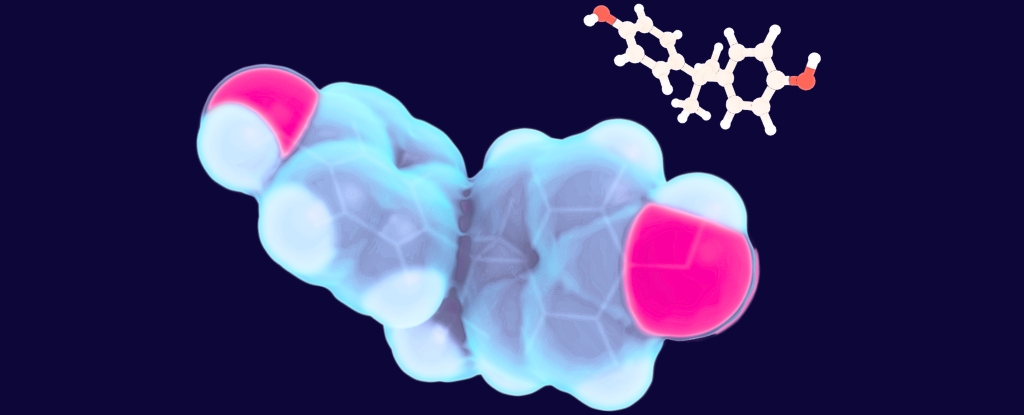




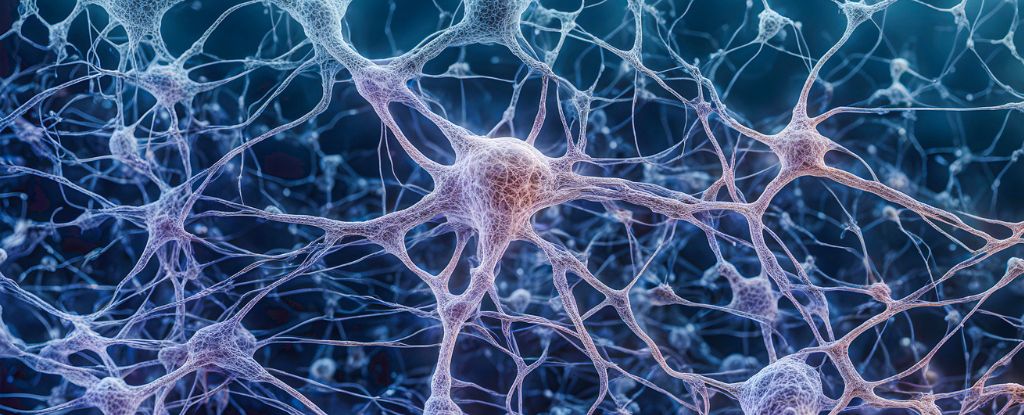

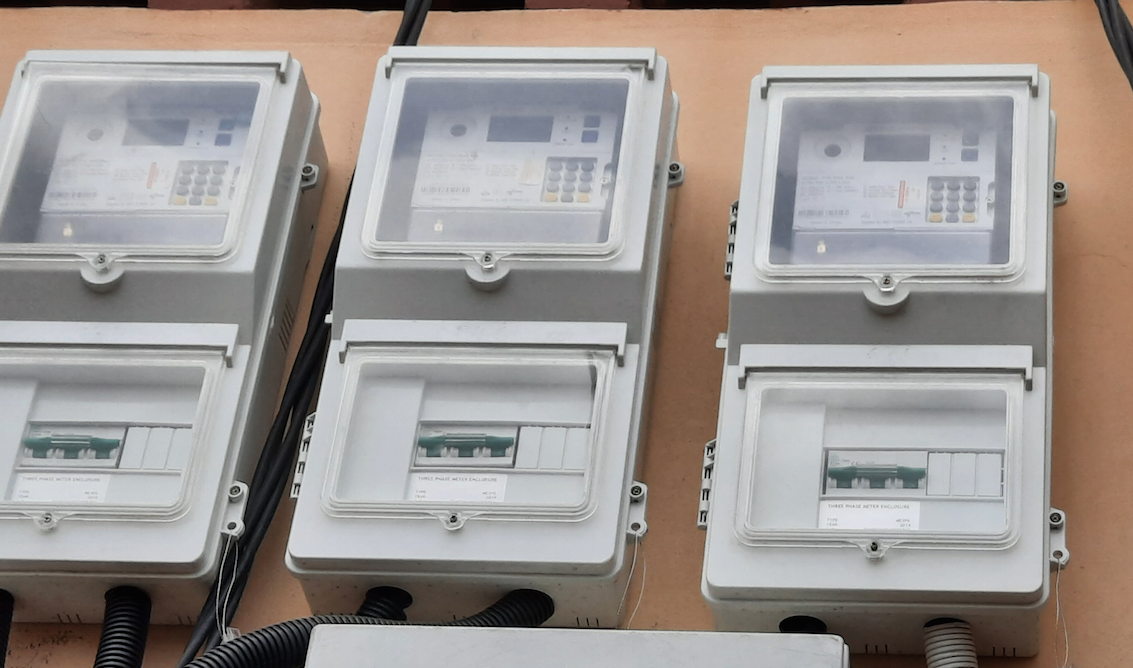





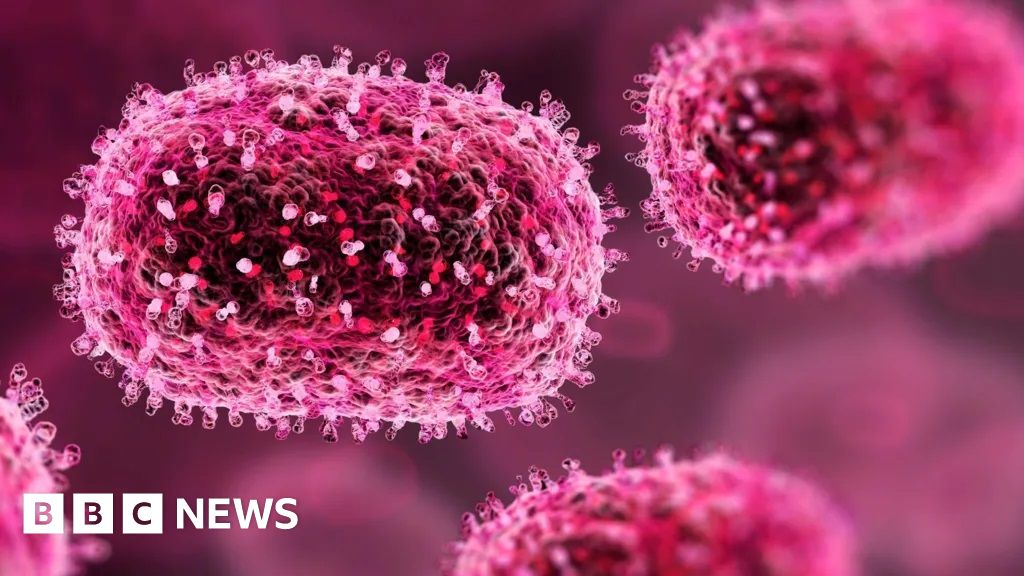
 English (US) ·
English (US) ·